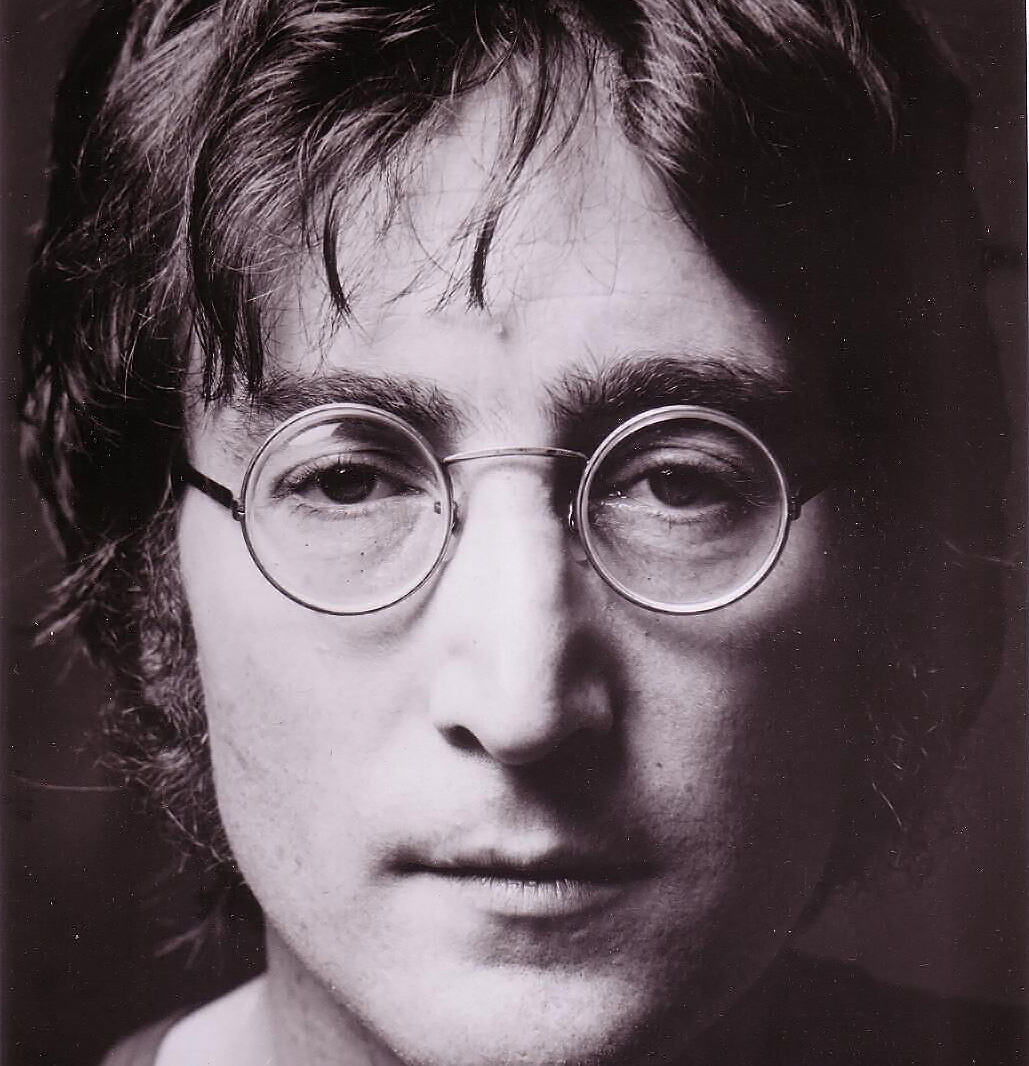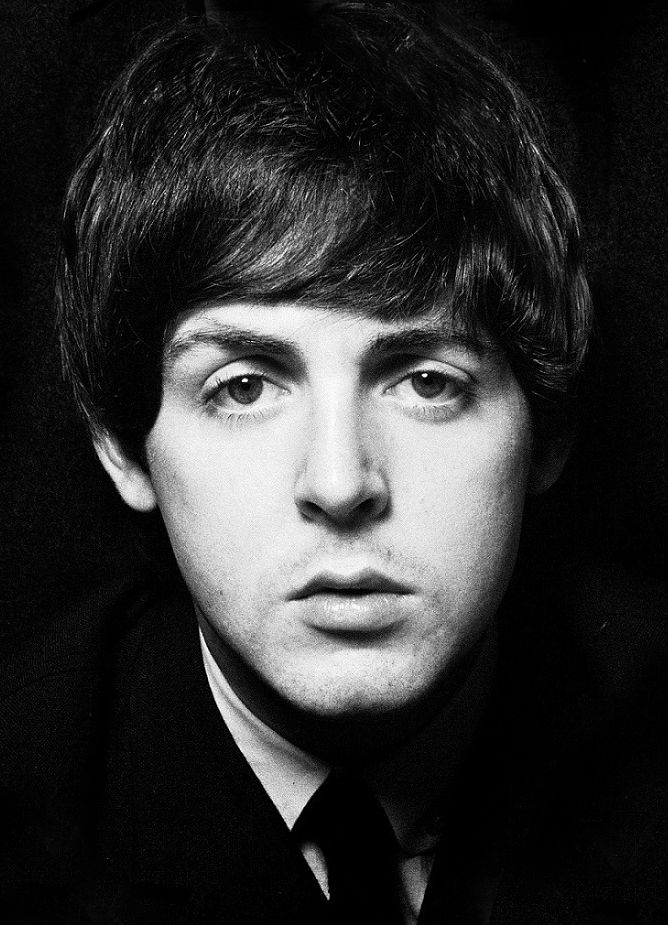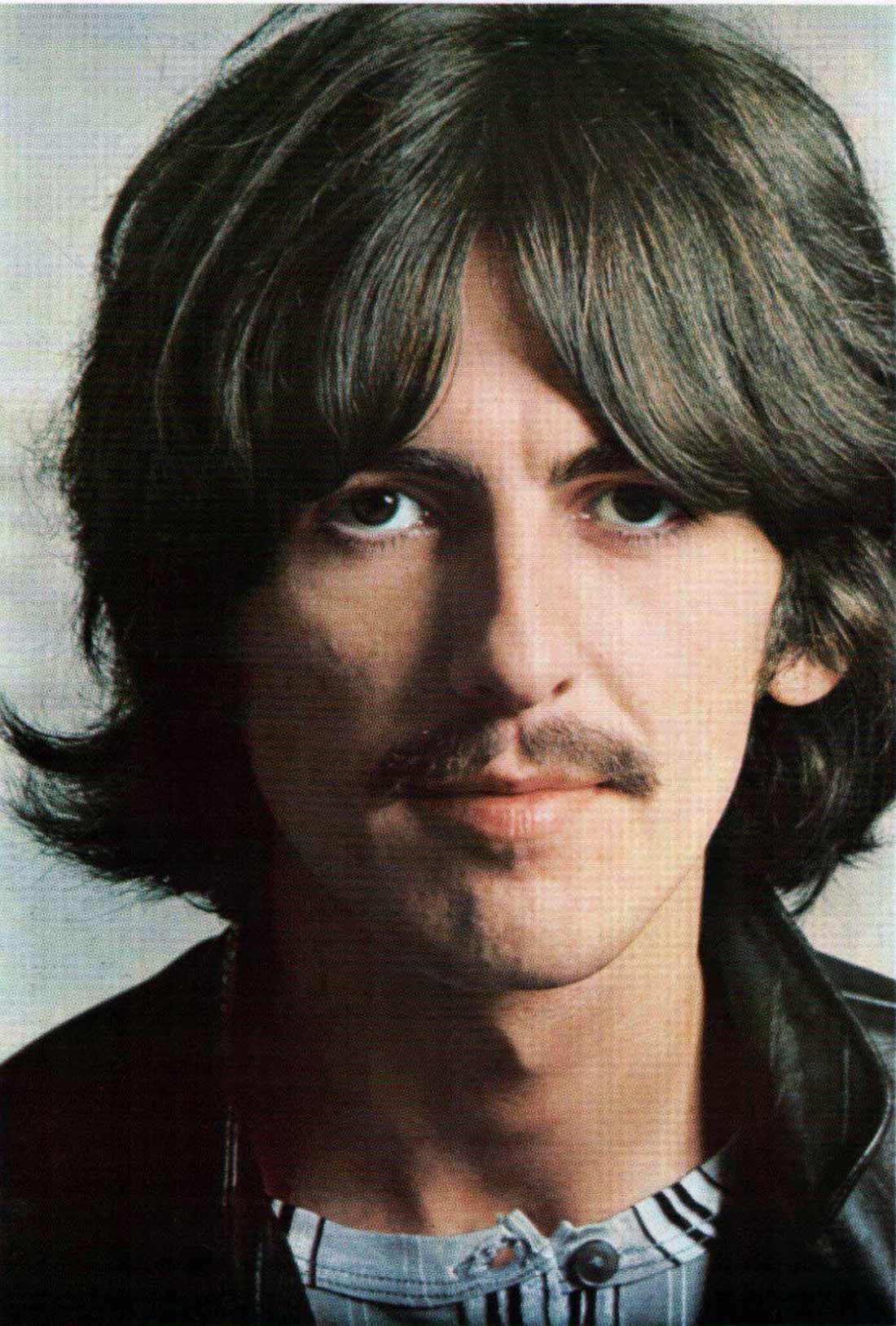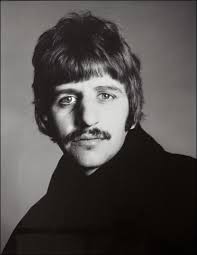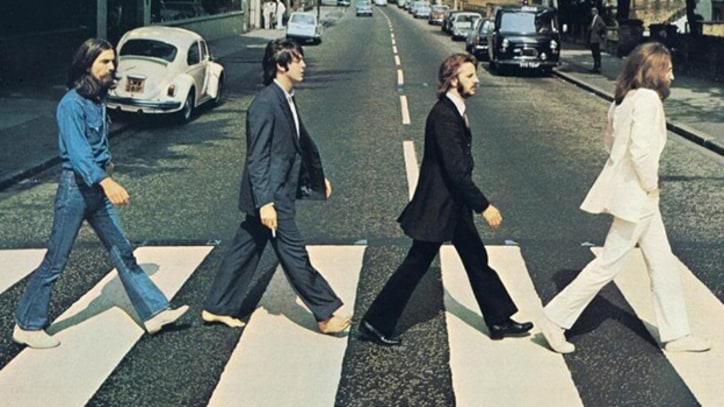Some may say The Beatles were creative individuals and
others may state that they were pure geniuses.
Consequently, The Beatles simply practiced team innovation
by using problem-to- solution and solution-to-problem
methodology known as two-way innovation. This means as a
group, they observed the problem, then created a solution.
For instance, The Beatles played in
Liverpool for an hour
session but needed to get better venues. They proactively
cooperated to brainstorm, write, and produce songs, which
brought the group to new creative heights. “We got better
and more confident. In Liverpool we only ever did one hour
sessions and we only did our best numbers- the same ones,
over and over. In Hamburg we had to play for eight hours
so, we really had to find a new way of playing” (Tamer
Kattan, Smarter Harder). The group also envisioned
hypothetical solutions connected to worthy problems.
“Often one of the pair would add a middle eight or bridge
section to the other’s verse and chorus. Lennon called it
‘Writing eyeball-to-eyeball’ and ‘Playing into each
other’s noses’” (Innovation In Practice). The structured
methods, experimentation, and technology that were
improvised exemplified their ability to capitalize on hit
songs. John Lennon and Paul McCartney played seven years
together before making it to America as British icons.
Within those seven years, The Beatles played almost
continuously every night perfecting their performances.
“They played like this 7 nights a week! And as they got
better the 12:30 closing time was extended till 2 most
mornings – I gotta say this again, 7 days a week! 8 hours
a night” (Tamer Kattan, Smarter Harder). This expansion
led the group to reinventing themselves and adapting new
ways for a brighter future. “The Beatles they went to
Hamburg five times in less than two years. By the time the
Beatles actually did end up on American television, they
had performed live an estimated 1200 times” (Tamer Kattan,
Smarter Harder). Although the Beatles shared the same
music, they worked well composing creative songs by using
improvisation. They shared a great friendship but most
importantly “simply tried harder than any band before
them” (Tamer Kattan, Smarter Harder) and therefore, team
building was their ‘ticket to ride’(Danpontefract.com).
